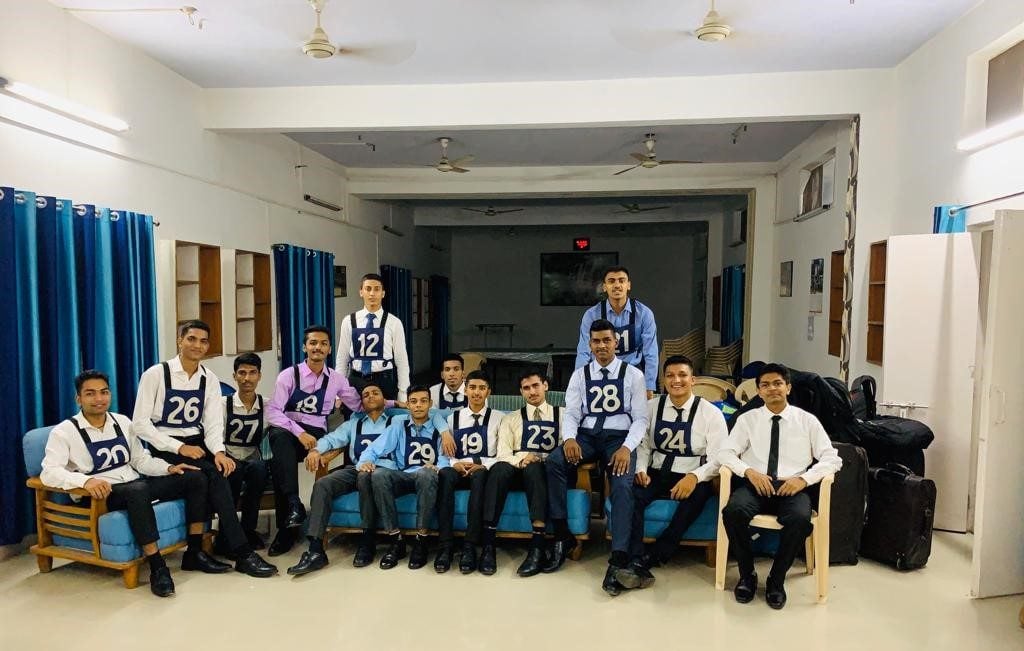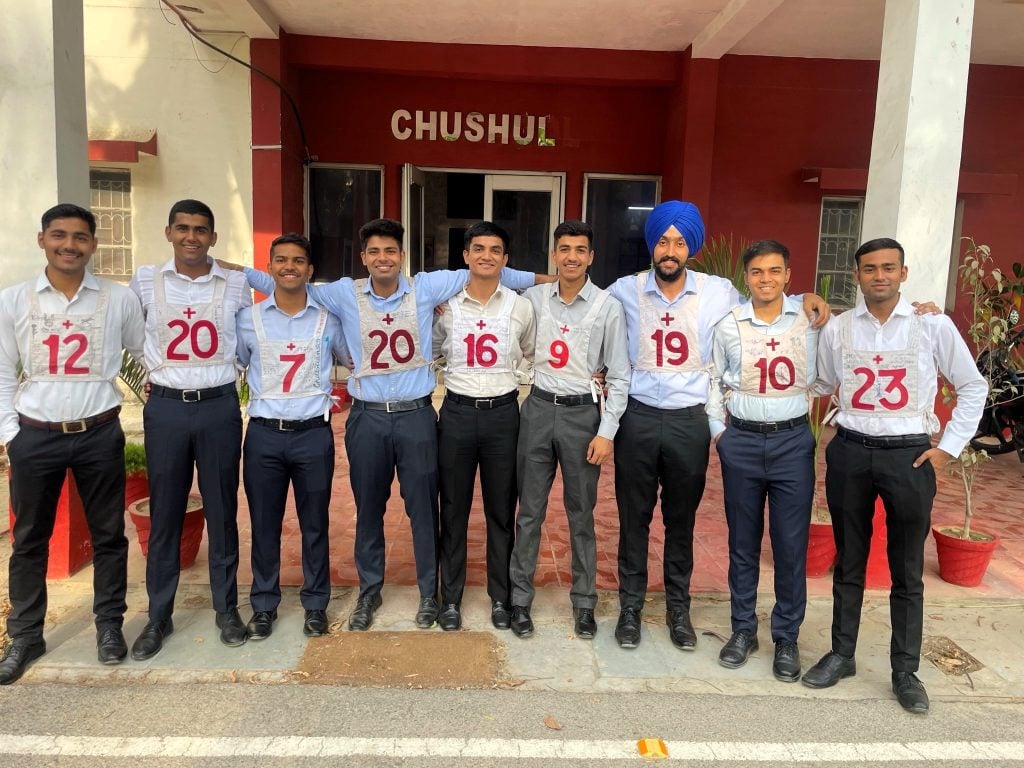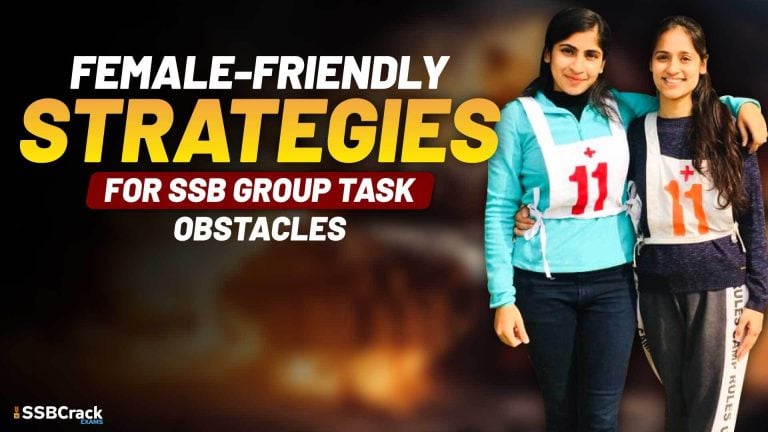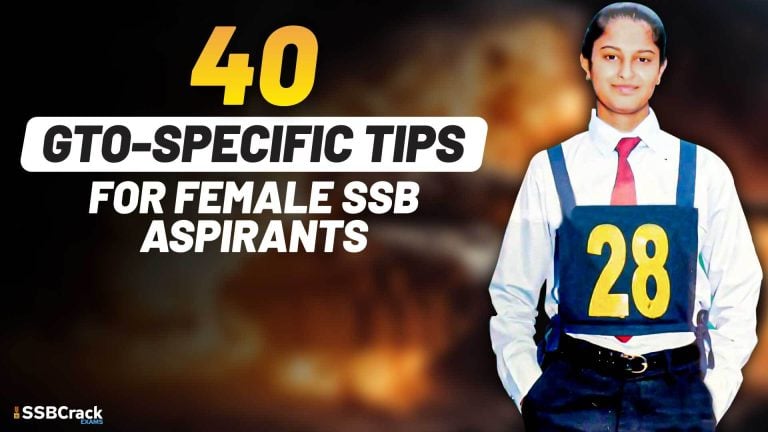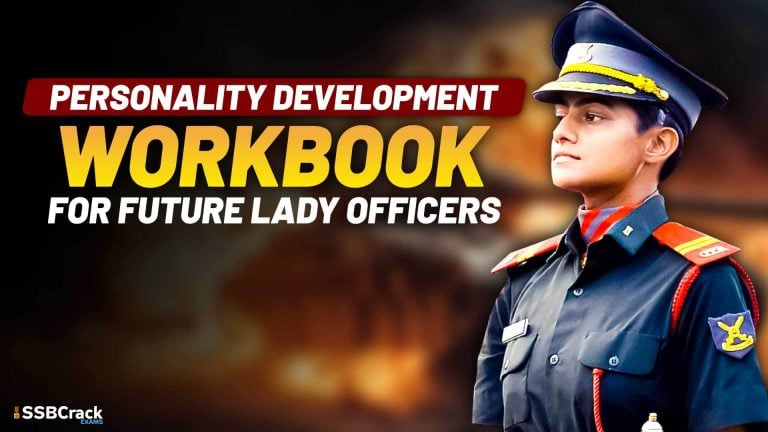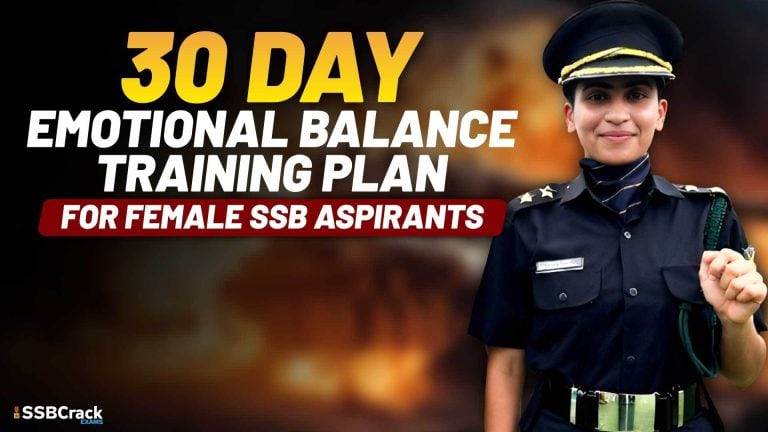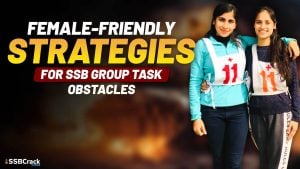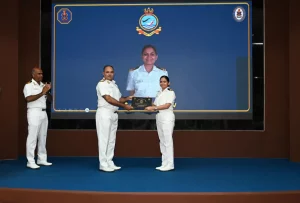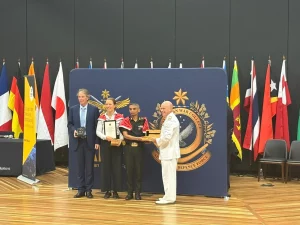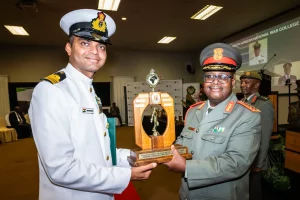The journey to becoming a part of the esteemed defense services is paved with numerous challenges, one of which is the Word Association Test (WAT) during the SSB interview. This test, designed to delve into the depths of a candidate’s personality, can be a daunting experience, especially when faced with the task of responding to negative words.
However, with the right strategies and a proactive mindset, you can transform these seemingly daunting words into opportunities to showcase your resilience, adaptability, and problem-solving skills. This article delves into How to Write Negative Words in WAT at SSB Interview.
28 Phrases to use in Group Discussion at SSB Interview
Understanding the Significance of WAT in SSB Interviews
The Word Association Test is a crucial component of the psychological assessment conducted during the SSB interview process. It serves as a window into the candidate’s subconscious, revealing their thought patterns, emotional responses, and problem-solving abilities. By analyzing the candidate’s associations with various words, the psychologists can gain valuable insights into their personality traits, decision-making processes, and overall suitability for the defense services.
5 Examples of Self Description in SSB Interview
Navigating the Challenges of Negative Words in WAT
Negative words can often evoke strong emotional responses, making it challenging for candidates to formulate a coherent and positive response within the limited time frame. The pressure of the SSB interview environment can further exacerbate this challenge, leading to a heightened sense of anxiety and a potential stumbling block in the candidate’s performance.
Strategies for Handling Negative Words in WAT
To overcome the challenges posed by negative words in WAT, it is essential to develop a proactive and adaptable approach. Here are three effective strategies that can help you transform these words into opportunities to showcase your strengths:
1. The Denial Method
The denial method involves using language that denies the existence or validity of the negative word presented. This approach allows you to reframe the word in a more positive light, demonstrating your ability to think critically and find constructive solutions.
Example: If the word “Hate” is presented, you could respond, “Good friends never hate each other. True understanding and compassion eliminate hatred in a relationship.”
2. The Antonym Approach
Instead of directly addressing the negative word, you can use its antonym to craft a positive and constructive response. This technique showcases your linguistic agility and your ability to think outside the box.
Example: If the word “Defeat” is presented, you could respond, “Victory and success overcome any feelings of defeat. A determined spirit can turn even the most challenging situations into opportunities for growth.”
3. The Remedial Method
This approach involves using a remedial or curative word to address the negative word, highlighting how the negative can be overcome or transformed into a positive outcome.
Example: If the word “Sorrow” is presented, you could respond, “Joy and happiness can overcome the feeling of sorrow. A positive mindset and a compassionate heart can help one move past the challenges of life.”
Practicing and Perfecting Your WAT Responses
Mastering the art of handling negative words in WAT requires consistent practice and a proactive mindset. Engage in regular WAT exercises, using the strategies outlined above, to build your confidence and hone your response skills. Seek guidance from experienced mentors, and learn from the sample responses provided in the WAT ebooks mentioned in the reference article.
Remember, the WAT is not just a test of your vocabulary or quick thinking; it is an opportunity to showcase your emotional intelligence, problem-solving abilities, and your potential to thrive in the demanding environment of the defense services. By approaching this challenge with a positive and adaptable mindset, you can turn negative words into stepping stones towards your ultimate goal.
Understanding the Three Indian Armed Forces And Tips To Crack SSB interview
Conclusion
The Word Association Test in the SSB interview process can be a daunting experience, especially when faced with negative words. However, by mastering the strategies of denial, antonyms, and the remedial method, you can transform these challenges into opportunities to showcase your strengths and your suitability for the defense services. Consistent practice, a proactive mindset, and a commitment to continuous learning will be the keys to your success in navigating the WAT with confidence and poise.
FAQs
1. How much time is given for wat in SSB?
The test consists of 60 words displayed on a screen for 15 seconds each, during which candidates must think and write. The total time allotted is 15 minutes.
2. How to interpret word association test?
Candidates must write down the first thought or word that comes to mind in response to each given word. The Word Association Test seeks to provoke quick and spontaneous reactions, offering insights into the candidate’s personality, thought process, and psychological traits.
3. How do you write weakness in SSB?
Avoid claiming you have no weaknesses, as that’s not realistic. Instead, focus on your strengths and explain how you’re working to improve them. When discussing your weaknesses, acknowledge them honestly but also highlight the steps you’ve taken or are currently taking to address and overcome them.
4. Can I clear SSB in 1st attempt?
Clearing the SSB Interview on the first attempt can be challenging. To increase their chances, candidates should follow a solid preparation strategy that includes understanding the SSB Interview syllabus, consistent practice, and staying updated by reading newspapers daily.
5. How to write self description in SSB?
Highlight your key personality traits with confidence. Be firm and consistent with how you describe yourself, ensuring there’s no contradiction during your personal interview. Focus on positive qualities such as enthusiasm, hard work, and diligence. Provide a brief overview of your upbringing and family background.
